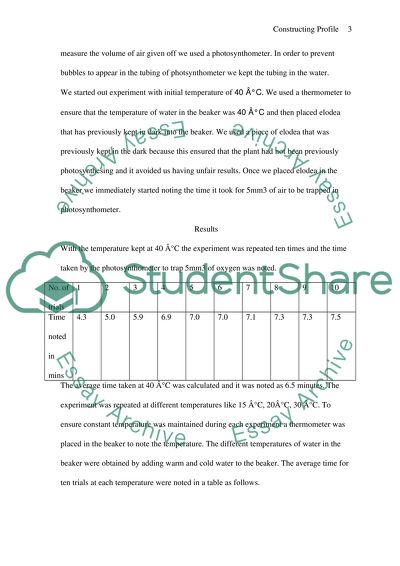Photosynthesis Lab Report Example | Topics and Well Written Essays - 500 words. Retrieved from https://studentshare.org/miscellaneous/1517793-photosynthesis
Photosynthesis Lab Report Example | Topics and Well Written Essays - 500 Words. https://studentshare.org/miscellaneous/1517793-photosynthesis.


